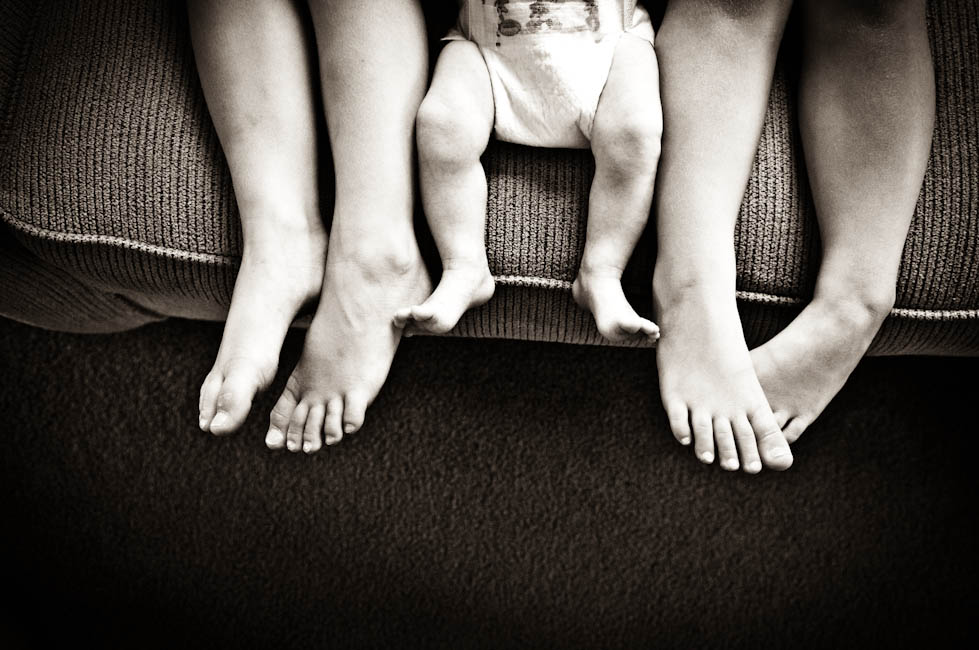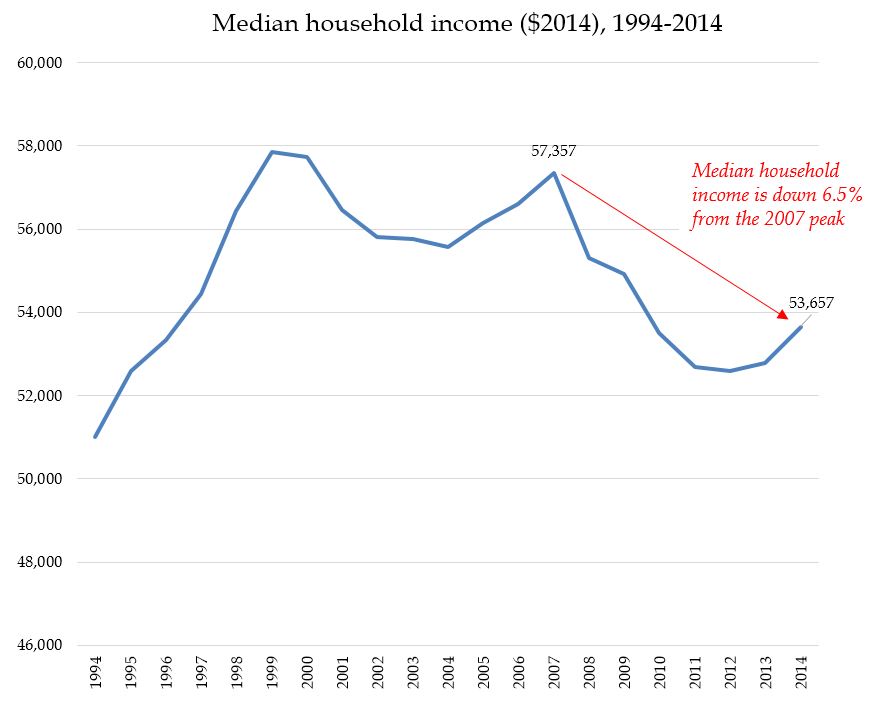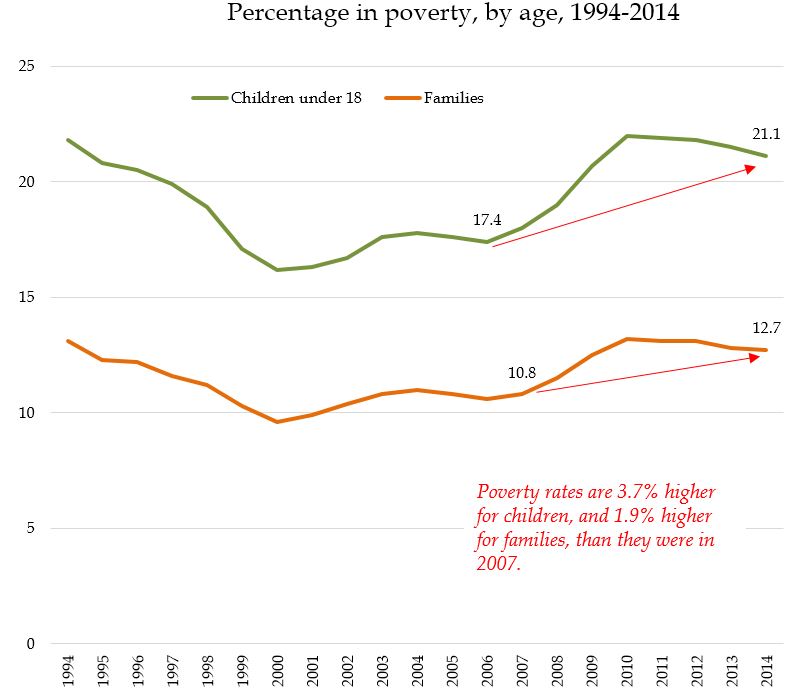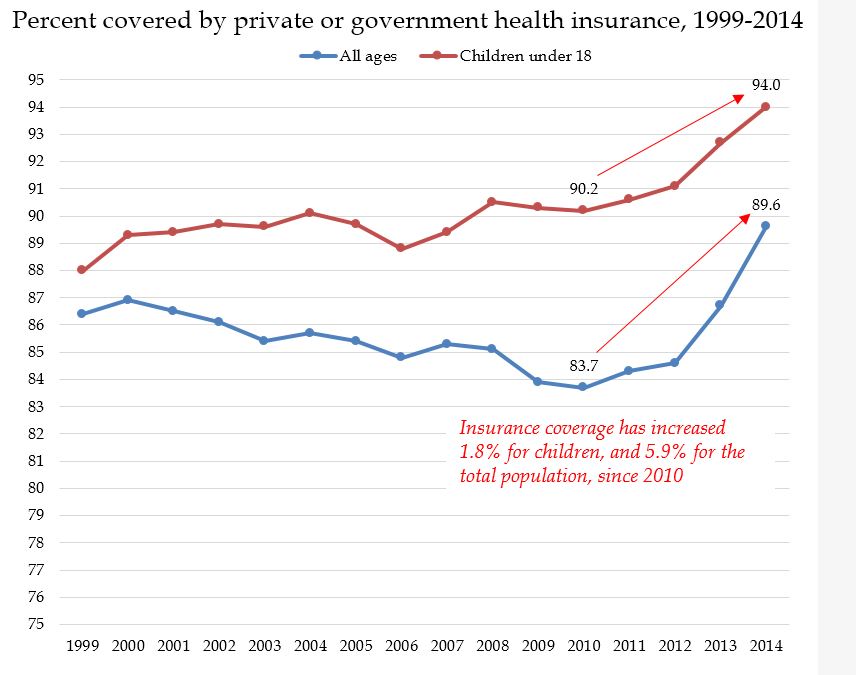
Fifteen years ago, the going wisdom on cohabitation was that marriages preceded by living together were more likely to fall apart—that news is out of date. Several pieces from CCF share more current work on cohabitation, including the key observation that cohabitation itself is no longer associated with more or less risk of divorce in any subsequent marriage. Other recent pieces cover cohabitation and housework, childrearing, and remarriage.
- Does Premarital Cohabitation Raise Your Risk of Divorce?
- First Comes Love, Then Comes… Housework?
- Remarriage in the United States
- Child-Rearing Norms and Practices in Contemporary American Families
- Cohabitating Isn’t What It Used To Be











